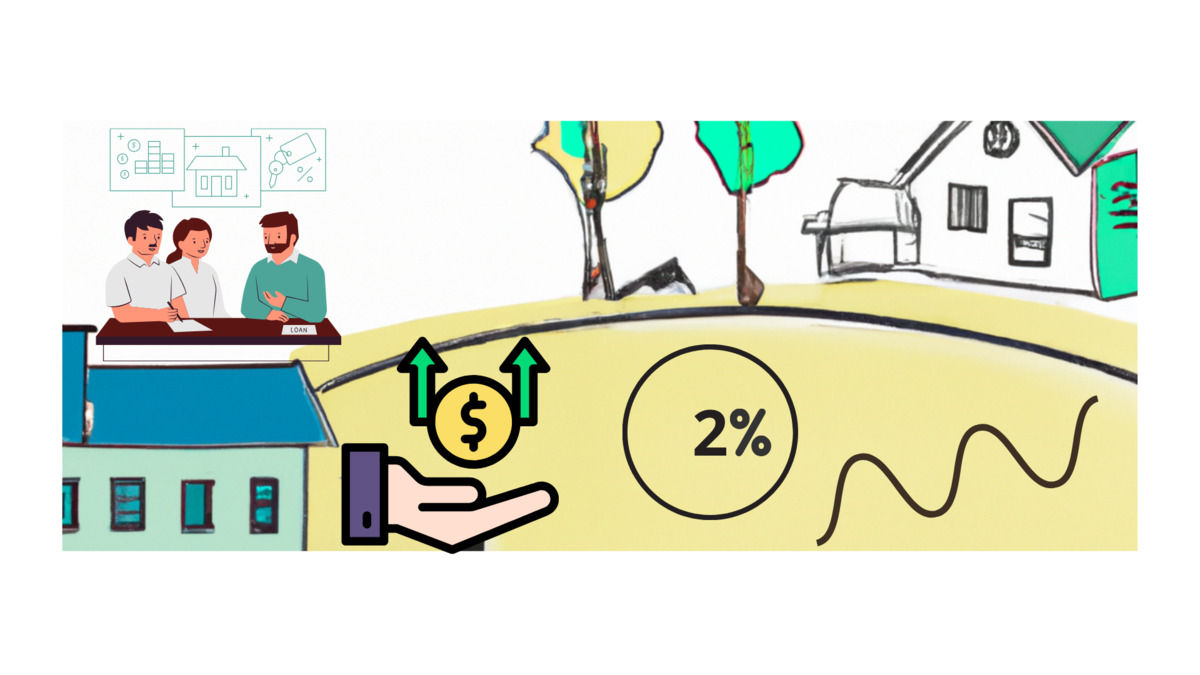Current issue
Online first
Archive
About the Journal
Aims and scope
Editorial Board
International Editorial Board
List of Reviewers
Abstracting and indexing
Ethical standards and procedures
REMV in Social Media
Contact
Instructions for Authors
Instructions for Authors
Manuscript formatting template
Title page
Highlights
Payments
‘Ghostwriting’ and ‘Guestauthorship’
Guidelines for Referees
From ice age to revival: Assessing the cyclical dynamics of Poland’s real estate market amidst European downturns
1
Departament of Investment and Real Estate, Faculty of Management of the University of Gdańsk, University of Gdańsk, Poland
Submission date: 2024-10-30
Final revision date: 2025-03-01
Acceptance date: 2025-03-14
HIGHLIGHTS
- analyzed the link between Poland's real estate cycle and the banking sector
- examined mortgage loan dynamics relative to changes in the reference rate
- determined the impact of government support on the real estate cycle
- assessed construction industry health and key economic factors
- used a market model based on the real estate market clock
KEYWORDS
TOPICS
E32 - Business Fluctuations • CyclesG21 - Banks • Depository Institutions • Micro Finance Institutions • MortgagesR31 - Housing Supply and MarketsR38 - Government Policy
ABSTRACT
The analysis pertains to the year 2023, when a government program was introduced to support Polish citizens in purchasing their first apartment. This led to a revival in lending activity following a period of stagnation at the turn of 2022 and 2023, referred to as the "ice age". The study focuses on the impact of this revival on the real estate market and its cyclical rules, taking into account various factors from the banking sector, construction industry, and the economy. Based on public statistical research, it was found that most European countries entered a downturn in the real estate market during the examined period. The main objective of the study was to determine which phase of the cycle the Polish market was in and whether the short-term revival in lending activity altered its cyclical trajectory. The analysis was conducted using quantitative data, which was organized into tables and illustrated with graphs. The results were compared with a real estate market clock modeled after the publication by R. & C. Grover, leading to conclusions. It was established that the Polish real estate market is in recession, and the short-term credit revival did not change this trajectory.
We process personal data collected when visiting the website. The function of obtaining information about users and their behavior is carried out by voluntarily entered information in forms and saving cookies in end devices. Data, including cookies, are used to provide services, improve the user experience and to analyze the traffic in accordance with the Privacy policy. Data are also collected and processed by Google Analytics tool (more).
You can change cookies settings in your browser. Restricted use of cookies in the browser configuration may affect some functionalities of the website.
You can change cookies settings in your browser. Restricted use of cookies in the browser configuration may affect some functionalities of the website.



